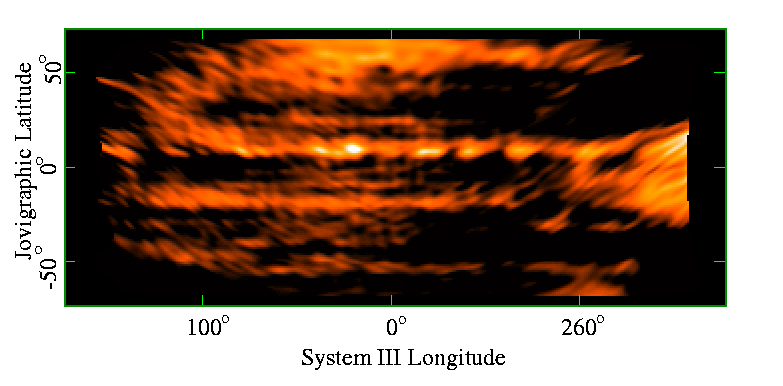
+-+1.jpg)
Weinberg and 5 other authors Download PDF Abstract: We study tidal dissipation in hot Jupiter host stars due to the nonlinearĭamping of tidally driven $g$-modes, extending the calculations of Essick & It’s time for us to go!”įor more news about amazing moons-and their planets-stay tuned to a PDF of the paper titled Orbital Decay of Hot Jupiters due to Weakly Nonlinear Tidal Dissipation, by Nevin N. Says Day: “The lure is irresistible, and the potential is amazing. Planets are exciting, but there’s an even greater number of amazing moons in the solar system.

It creates a ‘habitable zone’ among the moons of Jupiter, with Europa sitting squarely in the middle.” Europa, next closest to Jupiter, is stretched less, followed in order by Ganymede and Callisto.”ĭay continues, saying “Tidal heating is a source of energy that can melt ice and expand the potential for life. Orbiting more closely to Jupiter than the other Galilean moons, Io is stretched the most –hence its volcanism. “Each moon is stretched and pulled differently, causing varying rates of tidal heating. Io gets its fiery warmth from tidal heating-that is, a back and forth stretching of the moon’s interior caused by Jupiter’s intense gravity. “Io,” says Day, “is the most volcanically active body in our solar system.” Meanwhile, orbiting Jupiter not far from Europa, is a completely different kind of satellite: All of these provide us with tantalizing clues of what lies beneath – an ocean of liquid water.”

We’ve even seen apparent icebergs on the surface that are tipped up as if sitting in slush. “There is some evidence that Europa may have periodic eruptions of plumes of water, similar to those seen on Enceladus. In fact Europa has twice as much liquid water as Earth, and like the water of Enceladus, it might be accessible. Europa’s ocean is a significant body of water with amazing potential for life.” “This is a big world –much bigger than Enceladus and even bigger than any of the ‘dwarf planets’. Day would most like to ‘dive in’ at Europa. Europa, Ganymede, and perhaps Callisto also show strong evidence of liquid water oceans beneath their global ice crusts. More water worlds with icy shells are found at Jupiter. What kind of life might arise in the alien seas of Titan? The exotic environment of hydrocarbon seas could teach astrobiologists a lot about the basic chemistry critical to the formation of life. Here on Earth, our seas are teeming with life-and indeed the seas may be where life began. The seas of Titan intrigue astrobiologists. But Titan’s frigid surface is mosaicked with lakes of liquid methane and ethane.ĭay notes, “It's the only body in the solar system other than Earth with substantial liquid on its surface.”

There is evidence that Titan, like Enceladus, has a sea of water beneath its icy shell. Titan, another of Saturn’s moons, is shrouded in a thick atmosphere of nitrogen and methane. Cassini has actually flown through these plumes a few times, sniffing out their composition.ĭay says, “The exciting results from Cassini have researchers designing possible future missions that would provide more detailed analyses of Enceladus’ water and look for potential signatures of life.” Yet, NASA’s Cassini spacecraft found Enceladus busily puffing plumes of water vapor, icy particles, and organic compounds out through fissures in its frozen outer shell. That ocean is capped by a thick crust of ice. This little wonderland featuresa vast underground ocean that could be friendly to microbial life. Consider Enceladus, a tiny moon floating just outside Saturn's rings.


 0 kommentar(er)
0 kommentar(er)
